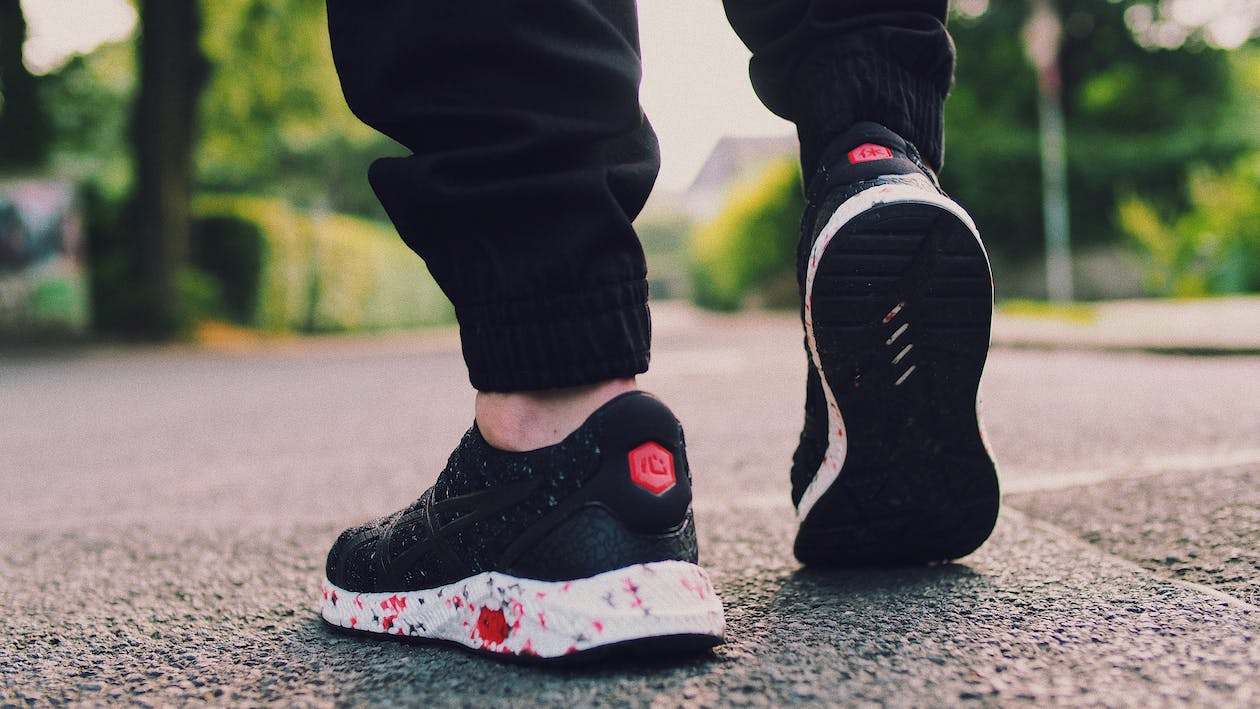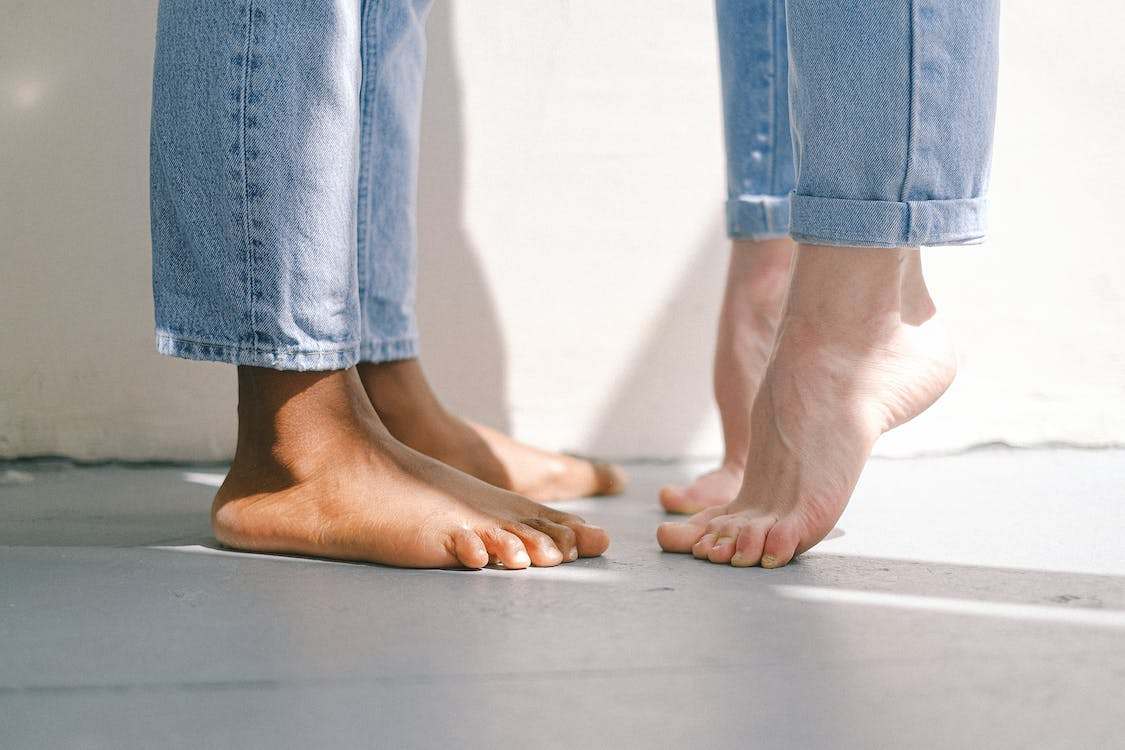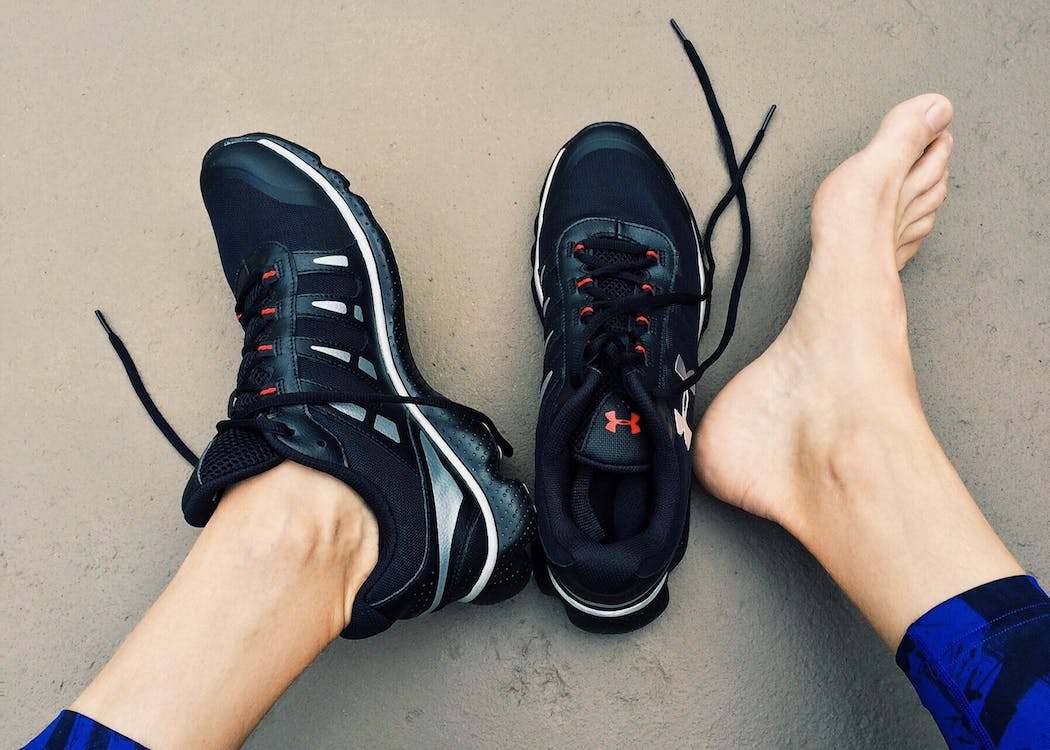Walking on concrete surfaces is a daily reality for many people, whether it’s navigating city sidewalks, working on construction sites, or simply spending time in industrial environments. While concrete is praised for its durability and versatility in construction, its impact on personal health, specifically on our feet, raises important questions. This article aims to address concerns about whether walking on concrete can be detrimental to foot health, exploring the potential risks and offering insights into how individuals can protect themselves against any negative effects.
What is Concrete?
Concrete is a composite material that has become synonymous with construction and structural integrity. At its core, concrete is made from a blend of water, aggregate (which can include sand, gravel, or crushed stone), and Portland cement, a key ingredient that acts as a binder. When mixed together, these components undergo a chemical reaction that causes the mixture to harden and solidify, transforming into the durable material known for its robustness and longevity.
One of the reasons concrete is so widely used in construction projects across the globe is its remarkable versatility. It can be molded into nearly any shape before it sets, making it ideal for a wide range of applications, from roads and bridges to buildings and dams. Additionally, concrete’s strength increases over time, and it has excellent resistance to fire, weathering, and erosion, which contributes to its popularity as a building material.
Why Concrete is Bad for Your Feet
Walking or standing on concrete for extended periods can pose challenges to foot health due to the hard, unforgiving nature of the surface. Unlike more forgiving materials like grass or earth, concrete does not absorb shock well, leading to increased pressure on the feet and lower body with every step. This can result in several issues:
- Joint Stress: The lack of shock absorption on concrete surfaces can lead to increased stress on the joints of the ankles, knees, and hips. Over time, this can exacerbate conditions like arthritis or lead to joint pain.
- Plantar Fasciitis: One common condition associated with prolonged exposure to hard surfaces is plantar fasciitis, an inflammation of the band of tissue that runs across the bottom of your foot. Symptoms include sharp heel pain, which can be exacerbated by walking on hard surfaces like concrete.
- Back Pain: The impact of walking on concrete can also affect the lower back. The shock from hard surfaces can travel up the legs to the spine, contributing to back pain or worsening existing back issues.
- Fatigue: Standing or walking on concrete can lead to increased fatigue in the feet and legs. The hard surface offers little support, requiring the muscles in the feet and legs to work harder to maintain stability and balance.
- Limited Natural Movement: Walking on concrete can restrict the natural rolling motion of the foot, leading to altered walking patterns. Over time, this can cause strain on the feet and lower limbs, potentially resulting in overuse injuries or discomfort.
- Increased Risk of Calluses and Corns: The constant pressure and friction from walking on hard surfaces like concrete can lead to the development of calluses and corns. These thickened patches of skin form as a protective response but can become painful if they grow too thick or if they’re in locations that bear weight.
- Compromised Blood Circulation: Prolonged standing or walking on hard surfaces can impede blood circulation to the feet, contributing to swelling and discomfort. This is particularly concerning for individuals with pre-existing circulatory issues.
- Aggravation of Existing Foot Conditions: For those with existing foot problems, such as bunions or hammertoes, the unforgiving nature of concrete can exacerbate pain and discomfort. The hard surface offers little to no cushioning, placing additional stress on sensitive areas.
Tips for Preventing Foot Pain When Walking on Concrete
Minimizing pain from walking on concrete requires a proactive approach focused on footwear, body mechanics, and self-care. Here are practical tips to help reduce discomfort and protect your feet:
- Choose the Right Footwear: Select shoes with ample cushioning and support, particularly in the arch and heel areas, to absorb shock and distribute pressure evenly. Specialized insoles can also enhance comfort and reduce the impact on joints.
- Rotate Shoes Regularly: Wearing the same pair of shoes every day can lead to uneven wear and decreased support. Rotating between different pairs can help maintain cushioning and reduce the risk of foot pain.
- Use Anti-Fatigue Mats: If you work on concrete floors, consider placing anti-fatigue mats in areas where you stand most frequently. These mats are designed to reduce stress on the feet and legs by providing a softer surface.
- Stretch and Strengthen: Regularly stretching the muscles in your feet, legs, and back can improve flexibility and reduce the risk of pain. Exercises that strengthen the foot and leg muscles can also provide better support and stability.
- Maintain a Healthy Weight: Excess weight increases the pressure on your feet with every step. Maintaining a healthy weight can reduce the strain on your feet and lower the risk of discomfort.
- Practice Good Posture: Pay attention to your posture and walking technique. Keeping your body aligned and distributing your weight evenly can help minimize stress on your feet and joints.
- Take Breaks: If you’re spending a long time on concrete, take regular breaks to sit down and elevate your feet. This can help reduce swelling and relieve pressure.
By implementing these strategies, you can help mitigate the discomfort associated with walking on concrete and safeguard your foot health.
Conclusion
In wrapping up, it’s clear that while concrete is an essential part of our urban landscapes, providing the firm ground upon which we walk and build, it does not come without its drawbacks for our feet. The hardness and lack of shock absorption associated with concrete surfaces can lead to a range of foot issues, from joint stress and plantar fasciitis to general discomfort and fatigue.
However, understanding these potential impacts allows us to take proactive steps toward minimizing their effects. By choosing appropriate footwear, incorporating rest and stretches into our routines, and being mindful of our overall foot health, we can mitigate the challenges posed by walking on concrete.



